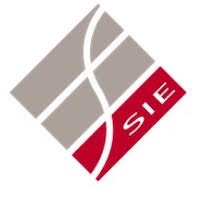Original Articles
Vol. 36 No. 2 (2022)
Curved canal morphological changes after over instrumentation and apical foramen shaping with R-Pilot®, ProDesign Logic® and ProGlider®

Publisher's note
All claims expressed in this article are solely those of the authors and do not necessarily represent those of their affiliated organizations, or those of the publisher, the editors and the reviewers. Any product that may be evaluated in this article or claim that may be made by its manufacturer is not guaranteed or endorsed by the publisher.
All claims expressed in this article are solely those of the authors and do not necessarily represent those of their affiliated organizations, or those of the publisher, the editors and the reviewers. Any product that may be evaluated in this article or claim that may be made by its manufacturer is not guaranteed or endorsed by the publisher.
Received: 19 April 2022
Accepted: 18 August 2022
Accepted: 18 August 2022
1606
Views
422
Downloads












